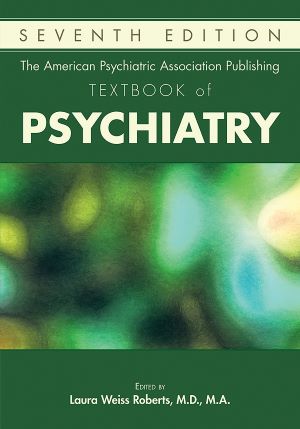Chapter 4.Assessment of Suicide Risk
Sections
Excerpt
Suicide is one of the leading preventable causes of premature mortality among young people, elders, and other special populations and the proximal cause of death for many mental and physical disorders. The Centers for Disease Control and Prevention (CDC) recently reported that suicide rates in the United States have risen nearly 30% since 1999, with increases affecting both men and women (Stone et al. 2018). Nearly 1 million people die each year by suicide throughout the world, and yet clinicians may consider patient suicide to be a rare event in the context of psychiatric practice and training. Assessment of acute suicide risk is very complex and lacks a robust standard of care (Simon 2012). Every patient has a different degree of risk, and a patient’s risk may change dramatically and quickly. Standardized suicide risk scales cannot predict which patients will die by suicide. Similarly, self-administered scales for patients are sensitive but not specific. For these reasons, learning to assess suicide risk and maintaining an up-to-date skill set in the context of a clinical interview are both very important and very difficult.
Access content
To read the fulltext, please use one of the options below to sign in or purchase access.- Personal login
- Institutional Login
- Sign in via OpenAthens
- Register for access
-
Please login/register if you wish to pair your device and check access availability.
Not a subscriber?
PsychiatryOnline subscription options offer access to the DSM-5 library, books, journals, CME, and patient resources. This all-in-one virtual library provides psychiatrists and mental health professionals with key resources for diagnosis, treatment, research, and professional development.
Need more help? PsychiatryOnline Customer Service may be reached by emailing [email protected] or by calling 800-368-5777 (in the U.S.) or 703-907-7322 (outside the U.S.).



